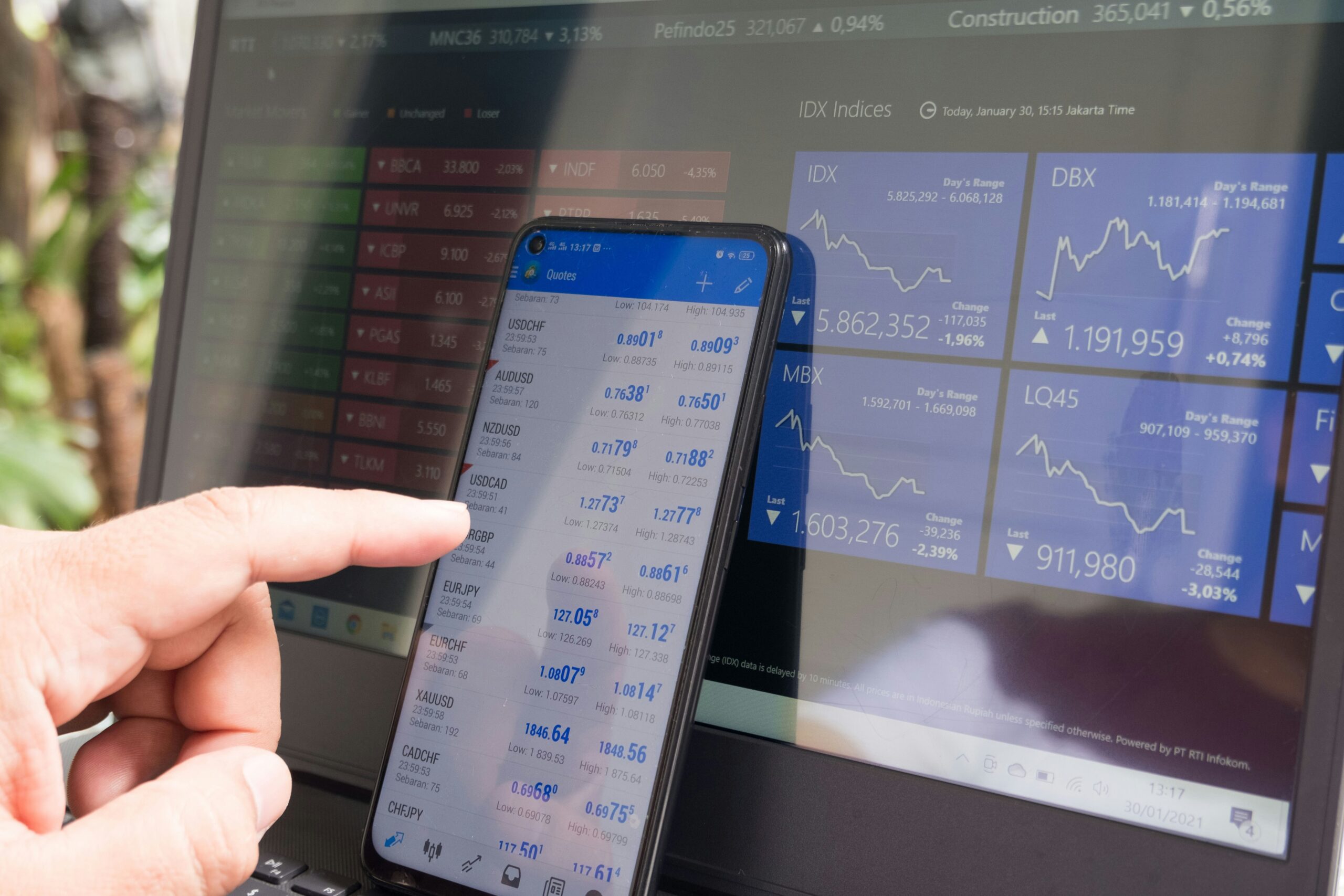Using Stop Loss in Trading | Learn how to Minimize Risk
Understanding Stop Loss: What It Is and Why It Matters
A stop loss is a crucial risk management tool in forex trading, designed to limit potential losses on a given trade. Essentially, a stop loss order automatically closes a position when the price of an asset hits a pre-established level. This mechanism is especially valuable in the volatile environment of forex, where currency values can fluctuate dramatically over short periods. By setting a stop loss, traders can protect their capital and mitigate losses that could arise from unexpected market movements.
The primary function of a stop loss is to help maintain a disciplined trading strategy. By determining the maximum loss a trader is willing to accept in advance, they can exit a trade without letting emotions dictate their decisions. This disciplined approach permits traders to focus on their overall strategy without the fear of significant financial loss. Moreover, incorporating stop loss orders into both short-term and long-term trading strategies can be advantageous. Short-term traders may use tighter stop losses to shield their capital against rapid price declines, while long-term traders might set wider stops to allow for normal price fluctuations.
Statistical data supports the effectiveness of stop loss orders in protecting trading capital. Research shows that traders who consistently utilize stop loss orders tend to experience reduced volatility in their portfolios, as they can manage risk more effectively than those who neglect to use such strategies. For example, a study by a trading education firm found that traders who implemented stop loss strategies avoided average losses of up to 25% on their accounts compared to those who did not employ this risk mitigation technique. Thus, understanding and integrating stop loss orders into trading practices is essential for minimizing risk and ensuring a more sustainable trading experience.
Types of Stop Loss Orders
In the realm of forex trading, the use of stop loss orders is a fundamental risk management strategy that helps traders mitigate losses and protect their capital. There are several types of stop loss orders that traders may utilize, each offering distinct features tailored to different trading needs and styles.
The most basic type is the standard stop loss order. This order is set at a predetermined price level, which, when reached, automatically triggers the sale of an asset. It aims to limit potential losses by exiting a position before further declines can occur. Traders typically use this method when they want to ensure that losses do not exceed a specific amount, thereby providing a sense of security in volatile market conditions.
Another variation is the trailing stop loss. This flexible order moves with the market price, allowing traders to lock in profits while still protecting against potential downturns. For example, if a trader sets a trailing stop loss at a distance of 50 pips from the current market price, the stop loss adjusts upward as the price rises. However, it remains static if the market price declines, ensuring that gains are safeguarded without prematurely closing a position. This type is particularly advantageous in trending markets where traders want to capitalize on momentum while keeping an eye on potential losses.
Furthermore, there is the guaranteed stop loss order (GSLO), which offers an added layer of protection. This order guarantees that a position will be closed at the specified price, regardless of market volatility. While it may come with an additional cost, it is often favored in highly fluctuating markets, where slippage could otherwise prevent a stop loss from executing at the intended price.
Understanding these variations allows traders to select the most appropriate stop loss strategy suited to their personal trading style and market conditions, ultimately aiming to enhance their forex trading success.
Moving Stop Loss Strategies: Concepts and Implementation
Moving stop loss strategies represent a significant evolution from traditional stop loss mechanisms in forex trading. Unlike static stop loss orders, which are fixed at a predetermined level, moving stop loss strategies allow traders to adjust their stop loss levels dynamically based on ongoing market fluctuations or price movements. This approach provides a more flexible risk management tool, enabling traders to lock in profits while reducing potential losses as market conditions change.
One of the key methods utilized in moving stop loss strategies involves the use of moving averages. In this technique, a trader may set the stop loss at a specified distance beneath a moving average line. As the market price ascends and the moving average shifts upward, the stop loss continuously follows, thereby allowing the trader to secure profits gained from upward price movements. By doing so, the trader minimizes the risk of a reversal that could erode their profit margins.
Another effective approach is the volatility-based adjustment of stop loss levels. This strategy requires a trader to assess the market’s volatility, often determined using indicators such as the Average True Range (ATR). By tying the stop loss distance to the measured volatility, traders can allow for normal price fluctuations while maintaining a protective buffer against sudden adverse movements. This results in a more responsive risk management strategy that is particularly helpful in fast-moving forex markets.
To implement moving stop loss strategies effectively, traders should continuously monitor market conditions and adjust their stop loss settings accordingly. For example, if a trader enters a long position as a currency pair rebounds from a support level, they might initially set a stop loss a few pips below that level, gradually moving it upward as the price increases. This progressive adjustment allows traders to maximize their potential profits while ensuring that they remain protected from significant downturns.
Key Considerations and Best Practices for Managing Stop Loss
Effective management of stop loss orders is crucial for any trader engaged in forex trading. One of the primary considerations when setting a stop loss is determining the appropriate distance from the entry point. This distance should be based on volatility, historical price movements, and the individual trader’s risk tolerance. For instance, a trader might consider setting a wider stop loss if the currency pair exhibits high volatility, while a tighter stop loss could suffice for more stable pairs. It is essential to strike a balance that allows for normal market fluctuations without being prematurely stopped out of a trade.
Another important factor is the adaptability of stop loss levels in response to prevailing market conditions. As markets are dynamic, traders should regularly reassess their stop losses to reflect any changes in volatility or trends. Utilizing a trailing stop loss is one effective strategy; it allows traders to lock in profits by adjusting the stop loss level as the market price moves favorably while maintaining an exit point to limit losses if the market reverses.
Furthermore, the psychological aspect of adhering to stop loss strategies cannot be overlooked. Emotional interference can lead to disastrous decisions, such as moving a stop loss further away in hopes of a market reversal. Traders should cultivate discipline and strictly follow their predetermined stop loss levels to enhance their overall trading performance. Common pitfalls include setting stop losses too tightly or allowing emotions to dictate trading decisions, which can result in significant losses.
To mitigate risks effectively, traders are encouraged to conduct thorough research and continuously educate themselves on best practices. Seeking insights from experienced traders and utilizing demo accounts for practice can significantly improve one’s forex trading strategies, including stop loss management. Implementing these best practices will enable traders to manage their risk more effectively and increase their chances of long-term success in the volatile world of forex trading.


